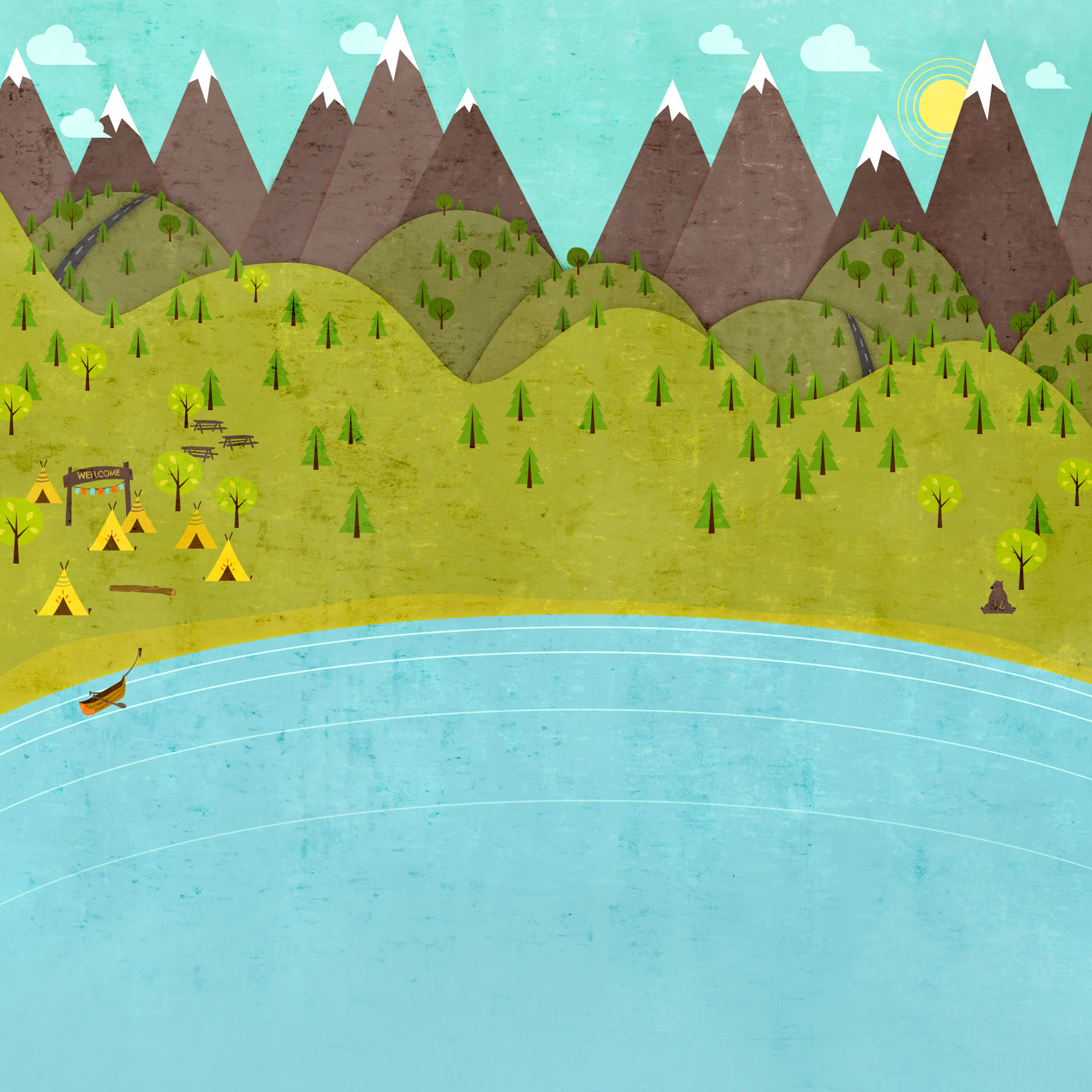

Into the Tushars
Beaver, UT
Since 1856

BIG COVE
April 6, 2015 - HIKE
BE AWARE OF YOUR SURROUNDINGS! The Fire Crew will be present and administering PRESCRIBED BURNS this summer - if the trail is CLOSED - DO NOT ENTER!!!
I hope you're excited to get outside and listen to birds singing and smell the sun warming sage flats and cedar trees. It’s magnificent! The insects are waking up from winter, plants are budding out, and my dog Sophie already has lizards to chase. My article “Into the Tushars” is to motivate outdoor activity, help me get reaquainted with the Forest Service’s trails for this summer’s work and to expose even the serious outdoorsmen to somewhere new.
For the inaugural kickoff hike of this season I have chosen a hike that will make you sweat, has some great views of Beaver Canyon, and is simply an out and back route. The area I am writing about is known as Big Cove and it is easy to get to, right on state route 153, and it is a warm and dry southern exposure. I would allow at least two hours to check out Big Cove because round trip mileage to the second terrace is 4 miles and round trip to the logworm fence is 5.5. Some of the downhill can be steep and you shouldn't rush the trip down. After a normal winter there would be deep drifts hiding behind each juniper tree and the flats would require snowshoes or skis to stay up on the surface. But not this year, I had a beautiful trip up there on March 20th and I certainly didn’t need my gaiters, but there were vast fields of snow up on top at 9300 feet. I cannot guarantee the same gorgeous conditions and April can bring blanketing snow storms, so watch the weather and use good judgement if old man winter comes back for an encore. An important word of caution is that the Forest Service has been conducting prescribed burns this spring and may be working near Big Cove soon. Your car parked there should warn the fire crew of your presence but I recommend leaving a note on your dashboard where you’re going, who’s with you, and when you’ll return. Calling the Beaver Ranger District’s office for details about prescribed fires would be wise as well.
This weeks tip is about the features and clues along a trail to be confident you are on the right path. The first thing is the tread itself, or the compacted and worn down dirt where everyone steps. If the tread becomes faint you need to start watching for log ends that have been clean cut by a saw. For example, when a tree has fallen across a trail and we remove a short section, those two cut ends are a powerful visual clue to proceed straight through this opening. Also pay attention to the cut branches on the trail-side of a tree trunk indicating a crew tried to make more side to side room to pass. At important trail junctions or along a bare rock section we sometimes build a small pile of rocks, or cairns, which are simple, long lasting, and the material is available on site. The Forest Service makes a marking on tree trunks to help with finding a trail. It’s called a blaze and it is a short vertical scar atop a taller vertical scar. Again very basic and cheap, but trees aren’t permanent and are susceptible to fire. The last and most temporary trail markers are pieces of brightly colored ribbon tied to vegetation along a path. This is called flagging and we use it to propose or plan a better route or when a section of trail is so underused people are sure to need more visual clues.
The Big Cove trailhead takes off from a large roadside turnout marked by a “View Area” sign which is 11.7 miles up state highway 153. These mileages begin at Main street in Beaver and are marked with little green numbers on the edge of the road. Every mile has a green sign, except mile 6 (which should be in the vicinity of the historic Beaver Municipal Power Plant), and I will refer to these markers a lot this summer in my trail descriptions. They are really handy when you talk to folks about Beaver Canyon, for example the Kents Lake turnoff (FR 137) is right at MM 10 ( MM stands for mile marker), Merchant Valley starts around MM 15 and Eagle Point Resort is at MM 19. For the Big Cove trailhead you can also just go a half mile past Mahoghany Cove Campground. Across the road to the north you will see a steep narrow service road with a trail sign indicating this is Forest Trail number 231. Please note there are no unauthorized motor vehicles allowed up this road. The road was created to get heavy equipment up there to develop a spring which provides delicious drinking water at our campgrounds and is also sent downhill in a pipeline to generate hydroelectric power. After the construction was completed in the late 1980’s we are left with a nice wide tread on acceptable slope grade to access beautiful sage filled terraces that ascend through several different zones of vegetation.
So you’re three minutes into this road and you’re sweating, huffing and puffing, but hang in there, another two minutes and it levels off completely. You will turn to the right through a fence line while you catch your breath. Cover some ground here and admire the giant Ponderosa pines on the right hand side. You’ll climb gently now towards a beautiful basin that holds a small shallow pond and is guarded by an army of mature cottonwood trees. The road is still easy to follow here and you should walk to the far west end of the cottonwood grove, where the road makes a big sweeping turn to the east to climb a classic mountainous grade up to the second large flat area. If you’re not on a ten foot wide tread climbing back to the right then you missed it. The cut in the hill you should be on is obvious from the cottonwood grove if you look up to the northeast.
As you climb gradually up the dramatic views to the south can be admired. To the south, the avalanche slide paths are coming off Birch Creek peak and they point right down towards Kents lake. Below that you can spot individual cabins in the Hi-Low community and the rocky ridge with the tan expansion tank on it is what separates the Beaver River from the south fork of the Beaver River. If you look out the mouth of the canyon to the west you can see Greenville Bench. You’ll know you are gaining altitude here as the road turns left because pinion-juniper gives way to taller white pines and aspens. In this zone where the road levels a bit, I started to see a few Douglas firs and I can’t remember exactly where, but I did identify a single Limber pine on my last hike up Big Cove. As this second flat meadow opens up in front of you, this is where you depart from the road and the route is now only a hiking trail. There is a cairn (small pile of rocks) here and you need to go west from it where the trail is lined with creeping juniper and pay special attention to the cut logs and markings on the trees. Game trails from deer, elk, and livestock can easily be mistaken for human trails and the evidence of these animals can be seen in footprints, droppings, and tree-rubs. Elk scat is usually the size of peanut M&M’s and larger, whereas deer poop is smaller, like the size of skittles or less. If the poo is the size of a pie, it’s from a beef cow. Why I referenced all these droppings to sweet treats is a mystery to me. Sorry! Back to hiking. If this is enough for you here, so be it, because the next section of trail climbs aggressively for another 1500 feet to a logworm fence just shy of Mud Flat. The aspen trees thin out a little as the final switchbacks begin through tunnels of mountain mahoghany. This last jump in elevation to 9250 feet allows you to see clear up the south fork drainage to Circleville peak which looms above Anderson Meadow Reservoir and LeBaron Reservoir. Have fun, be safe and venture “Into the Tushars”.

